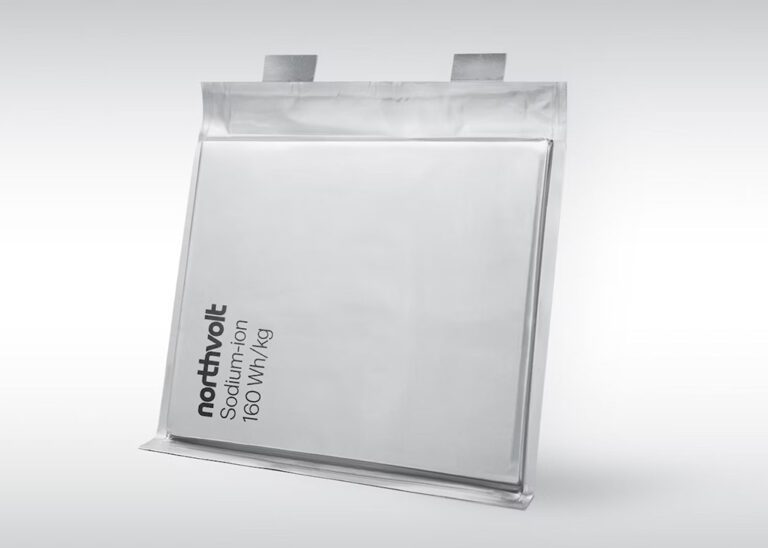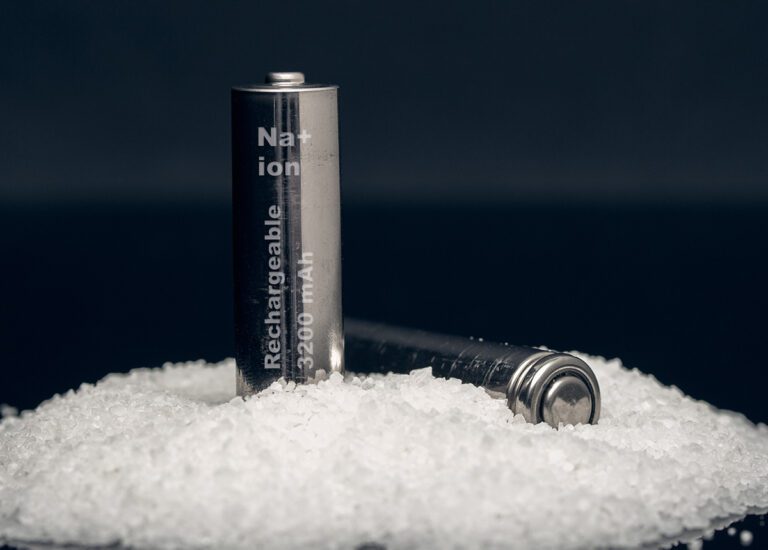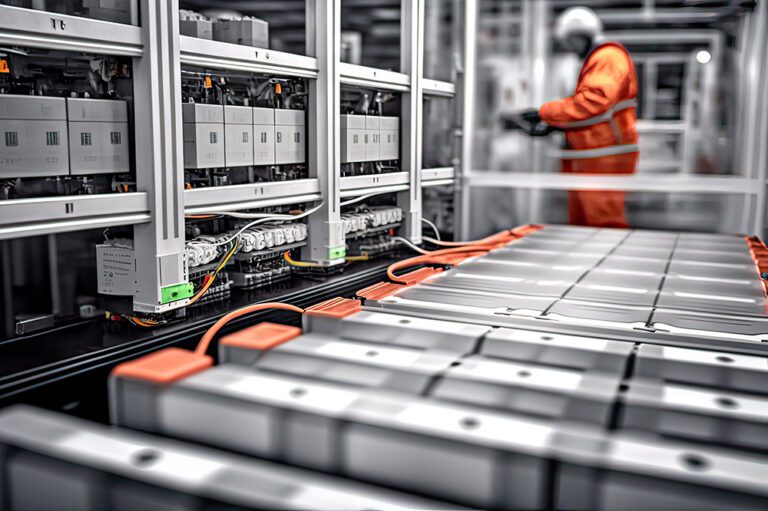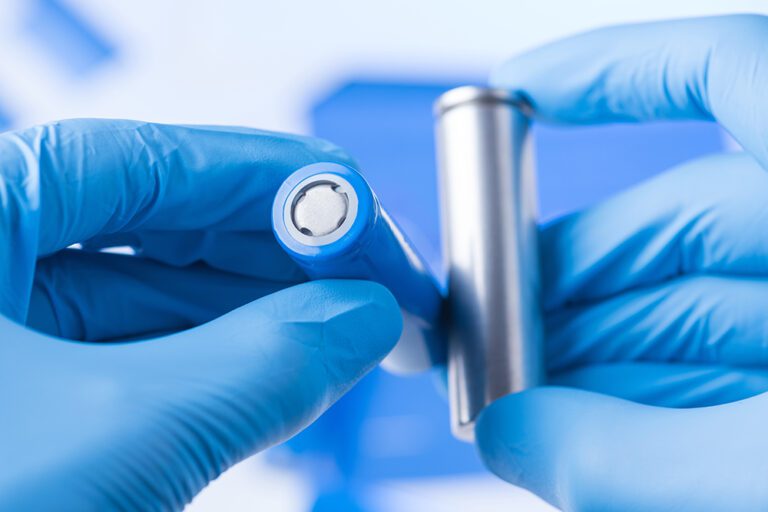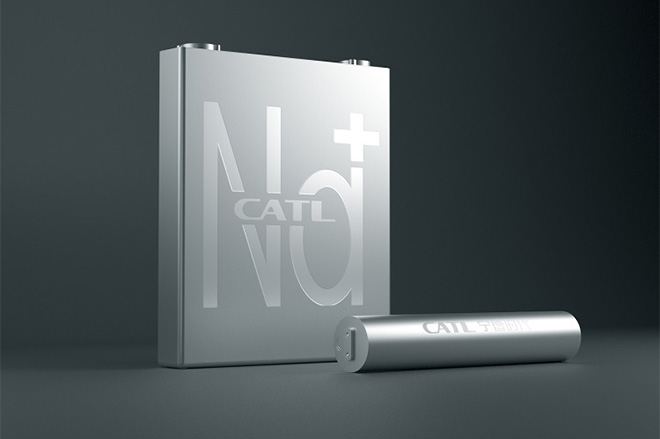Northvolt has introduced a sodium-ion battery for energy storage systems. The cell has been validated for specific energy exceeding 160 Wh/kg at Northvolt Labs in Västerås, Sweden. Northvolt developed the sodium-ion technology for the battery together with research partner Altris. The battery uses abundant iron and sodium and is safer, cheaper and more sustainable than… Read more »
Search Results Found For: "sodium"
EVs with sodium-ion batteries are rolling off production lines in China
Sodium-ion batteries have long been touted as a possible successor to the lithium-ion kind—they may have lower energy density, but they rely on more abundant sodium rather than lithium, perform better in cold temperatures, and above all, tend to be cheaper. Now, after years of anticipation, cars equipped with sodium-ion batteries have begun rolling off… Read more »
Fluor wins engineering contract for industrial-scale sodium-ion battery plant
US-based engineering construction company Fluor has announced that its Advanced Technologies & Life Sciences business line has been selected by Swedish sodium-ion battery manufacturer Altris to provide front-end engineering and design (FEED) services for an industrial-scale sodium-ion battery production facility in Sandviken, Sweden. Altris is a Swedish sodium-ion battery maker that develops cathodes, electrolytes, battery… Read more »
Researchers shape hard carbon to form high-capacity electrodes for sodium-ion batteries
Researchers from Tokyo University of Science (TUS) are developing high-capacity electrode materials for sodium-ion batteries (NIBs) and potassium-ion batteries (KIBs) to compete with lithium-ion batteries (LIBs). In the study published in Advanced Energy Materials, the researchers reported a new synthesis strategy for nanostructured hard carbon (HC) electrodes. HC lacks a crystalline structure—unlike graphene or diamond—and… Read more »
Chinese companies begin production of sodium-ion batteries
Sodium-ion batteries are expected to offer lower energy density compared to Li-ion cells, but they do offer some advantages, and could be a good fit for smaller EVs. Chinese battery behemoth CATL unveiled its first-generation sodium-ion battery in July 2021, and since then, several Chinese automakers have announced plans to use sodium-ion batteries in production… Read more »
INFICON releases ELT3000 PLUS electrolyte leak detector for Li-ion and sodium-ion batteries
INFICON, a leak-testing device and instrument manufacturer, has released an upgraded electrolyte leak detector for in-line leak testing of batteries. The ELT3000 PLUS directly detects electrolyte solvent leakage into a vacuum chamber to test ready-filled lithium-ion and sodium-ion batteries in all cell formats. It has manual and automatic in-line leak detection modes for fast cycle… Read more »
Chinese automakers are forging ahead with sodium-ion batteries
Sodium-ion batteries, which could offer significant cost and raw material procurement advantages over the lithium-ion kind, have been much discussed in the press of late. Chinese battery behemoth CATL unveiled its first-generation sodium-ion battery in July 2021. At the time, analysts predicted that Na-ion cells, which are expected to offer only modest energy density, would… Read more »
LiNa Energy demonstrates dynamic containment with its solid-state sodium batteries
LiNa Energy, a developer of solid-state sodium batteries, has successfully completed an independent demonstration of its batteries for energy storage systems. In the test, a 1 kW / 1 kWh LiNa system performed dynamic containment. This is a key revenue stream for battery energy storage systems in the UK, which requires rapid injection and absorption… Read more »
Altris raises $10.6 million in Series A funding for cathode material production and sodium-ion R&D
Sodium-ion battery company Altris has raised €9.6 million ($10.6 million) in Series A funding from EIT InnoEnergy Scandinavia and others, which it will use to scale up production of its cathode material Fennac and to continue sodium-ion battery R&D. “Our new industrial manufacturing unit will ensure that Fennac-based batteries become a reality within two years,”… Read more »
Janus graphene could boost capacity in sodium-ion batteries
Researchers at Chalmers University of Technology in Sweden have presented a new concept to fabricate high-performance electrode materials for sodium batteries. The results show that the capacity could match lithium-ion batteries. The ions intercalate in the graphite, which means that they can move in and out of the graphene layers and be stored for energy… Read more »







